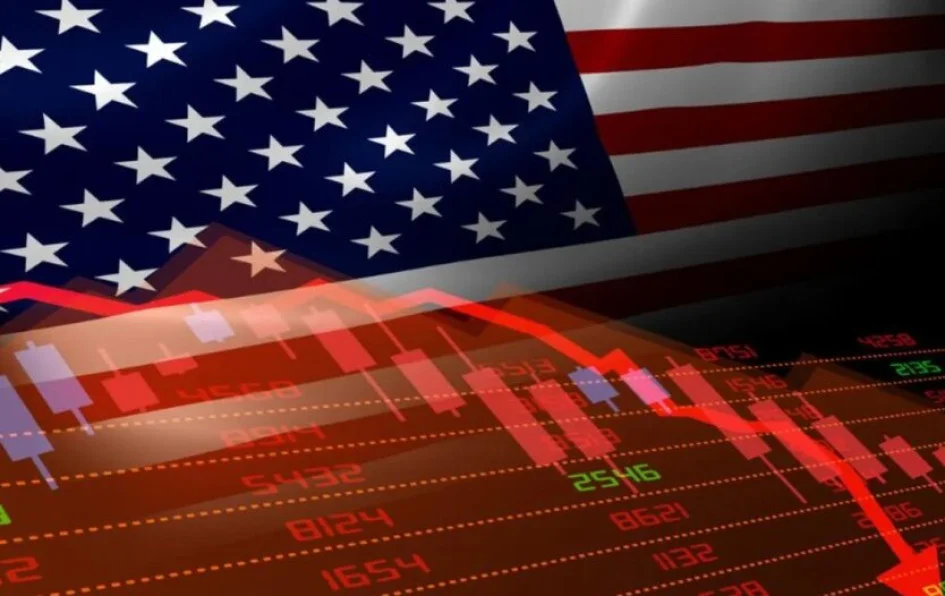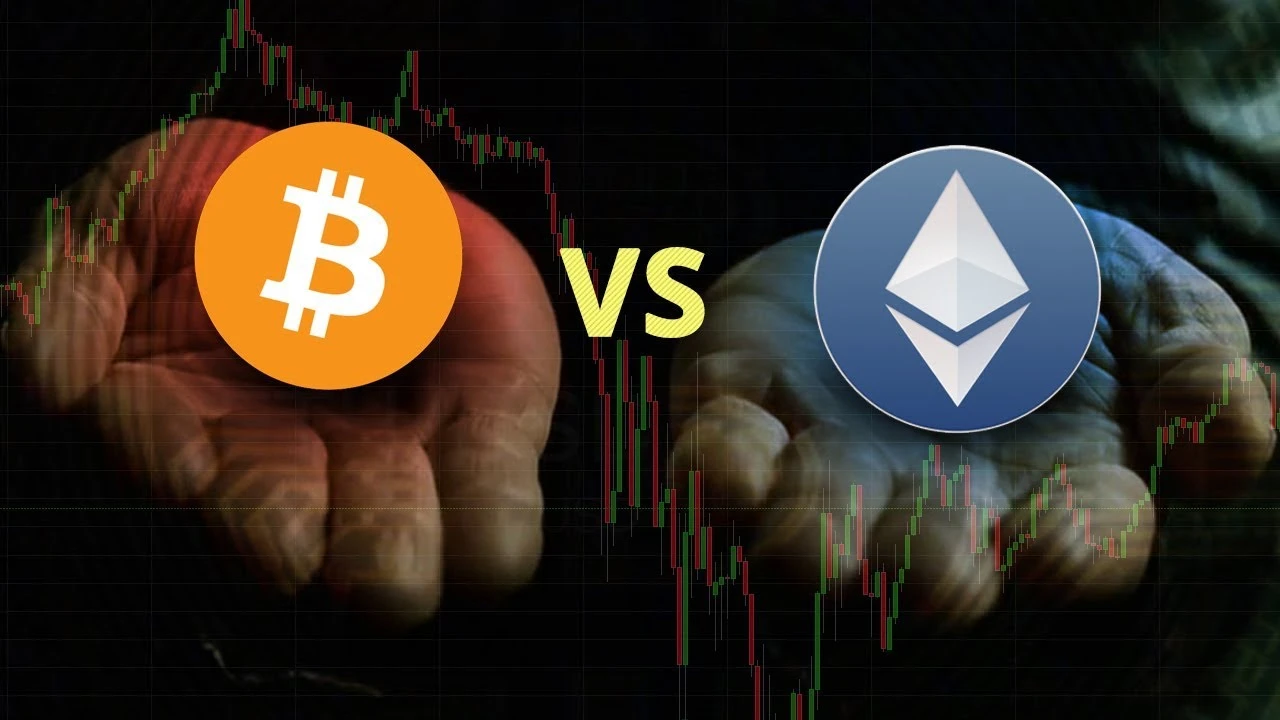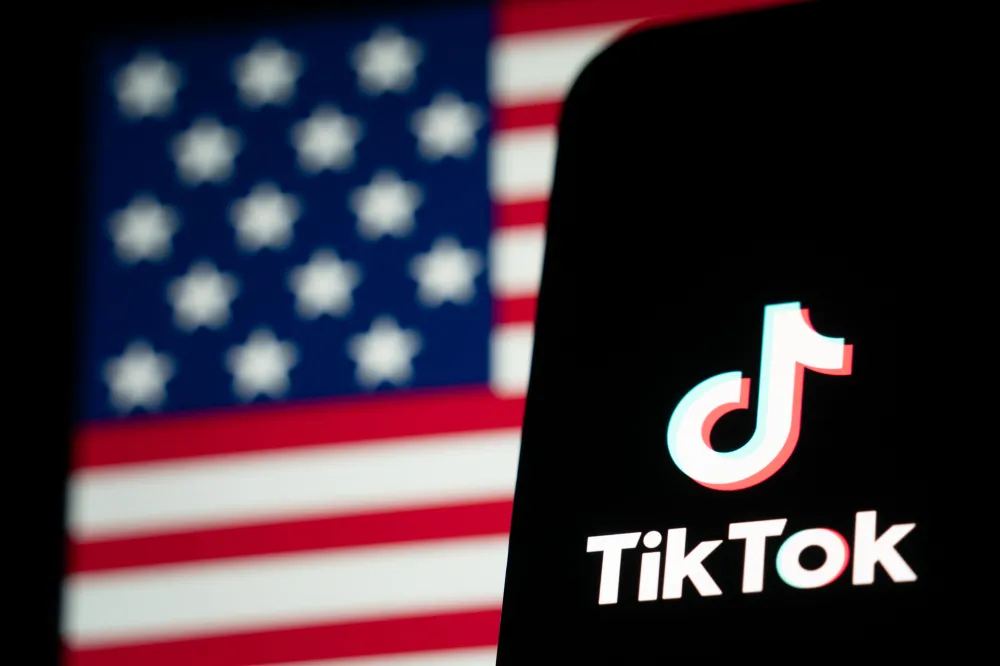As geopolitical tensions between the United States and China escalate, Wall Street braces for what could be one of its most significant financial challenges yet, a potential forced divestment of $800 billion in Chinese equities. This scenario, long considered theoretical, is now being treated as an imminent threat by analysts at Goldman Sachs, who warn that financial decoupling may no longer be avoidable.
What’s Behind the $800 Billion Sell-Off?
The growing rift between Washington and Beijing has put American investors on edge. In an extreme case of financial decoupling, U.S. funds might be compelled to liquidate their holdings in Chinese assets, including:
- $250 billion in American Depositary Receipts (ADRs) : These represent shares of Chinese companies listed on U.S. exchanges. ADRs account for 26% of the total market value of such instruments globally.
- $522 billion in Hong Kong-listed stocks : Investments in these firms are widespread among U.S.-based institutional portfolios.
- 0.5% exposure to onshore A-shares : While relatively small compared to other asset classes, this segment still adds complexity to the sell-off process 4.
This unprecedented move would not only disrupt markets but also reshape the landscape of global finance.
Market Impact: From Valuation Drops to Liquidation Timelines
9% Decline in ADR Prices; 4% Dip in MSCI China Index
A mass exodus from Chinese equities could lead to sharp declines in valuations. Analysts predict a staggering 9% drop in ADR prices and a more moderate, but still significant, 4% decline in the MSCI China Index. Such movements would reverberate across international markets, affecting everything from tech stocks to consumer goods sectors.
How Long Would It Take to Liquidate?
The timeline for selling off these assets varies based on the type of security:
- A-shares : Could theoretically be sold within a single trading day due to their liquidity.
- Hong Kong stocks : Estimated to take approximately 119 days to fully unwind.
- ADRs : Liquidation could span around 97 days, reflecting slower turnover rates in U.S. markets.
These timelines underscore the logistical hurdles involved in executing such large-scale divestments without causing chaos.
China Strikes Back: The Retaliation Risk
If U.S. investors proceed with a sell off, China is unlikely to remain passive. With $1.7 trillion invested in U.S. financial assets, Beijing holds substantial leverage over American markets. Potential retaliatory measures include:
- Selling off $370 billion in U.S. equities , which could destabilize key indices like the S&P 500.
- Offloading $1.3 trillion in U.S. bonds , potentially driving up interest rates and complicating the Federal Reserve’s monetary policy 4.
Such actions would create a ripple effect, impacting both economies and fueling further uncertainty worldwide.
Vulnerable Funds in the Crossfire
Not all investment vehicles are equally equipped to weather this storm. One particularly vulnerable fund is the KraneShares CSI China Internet ETF (KWEB) , which faces unique risks:
- 33% exposure to ADRs : Half of these lack backup listings in Hong Kong, leaving them highly susceptible to delisting.
- 72% ownership by U.S. investors : This concentration makes KWEB especially vulnerable to regulatory pressures and forced sales.
- Passive outflows reaching $11 billion : According to JPMorgan estimates, exclusion from major indices could trigger additional losses 4.
Investors holding stakes in similar funds should prepare for heightened volatility and potential restructuring of their portfolios.
Financial Decoupling: No Longer Just Hypothetical
The prospect of financial decoupling gained renewed urgency after U.S. Treasury Secretary Scott Bessent hinted at “all options on the table” during recent trade talks. Delisting fears, previously prominent under the Trump administration, have resurfaced under Biden, signaling bipartisan support for tougher policies toward China. Goldman Sachs warns that financial decoupling is no longer a distant possibility, it’s a real and pressing concern for portfolio managers. As China grapples with its own economic challenges, including a shrinking population and demographic time bomb, the stakes couldn’t be higher.
Key Takeaways for Investors
For those navigating this shifting terrain, several critical insights emerge:
- Diversification is Essential : Overexposure to Chinese equities poses significant risks in the current climate. Diversifying into alternative markets or asset classes can mitigate potential losses.
- Monitor Policy Developments Closely : Regulatory changes in either country could accelerate or delay the sell-off timeline. Staying informed about legislative updates will be crucial for strategic decision-making.
- Prepare for Volatility : Whether through direct divestment or indirect effects like market contagion, increased turbulence is inevitable. Adopting defensive strategies, such as hedging or rebalancing, can help protect capital.
- Assess Counterparty Risks : Given the potential for reciprocal retaliation, understanding your counterparties’ exposures to U.S. and Chinese markets is vital for managing systemic risk.
Navigating Uncertain Waters
The looming $800 billion sell-off represents a pivotal moment for global finance. As U.S.-China relations continue to deteriorate, investors must confront the reality of financial decoupling head-on. While the full extent of the fallout remains uncertain, proactive planning and adaptability will be key to surviving and thriving in this new era of economic tension. In the words of Goldman Sachs, “Financial decoupling is no longer theoretical, it’s a tangible risk that portfolio managers must address”. For Wall Street and beyond, the countdown has begun.
Eric Haffey is a dedicated journalist at Great American, known for his insightful reporting on technology, business, and culture Great American. With a strong background in project management and client support, he brings a unique analytical edge to his stories 3. His work can be explored at Eric Haffrey . Eric’s writing reflects his commitment to accuracy and engagement, fostering informed discussions. Outside journalism, he enjoys creative pursuits and community involvement, connecting with audiences through platforms like Facebook. Through his efforts, Eric continues to shape meaningful conversations in today’s dynamic world.

















